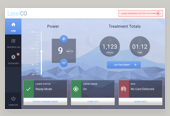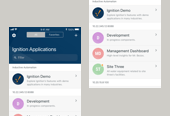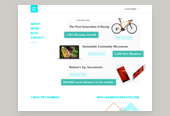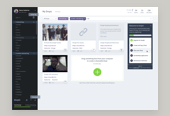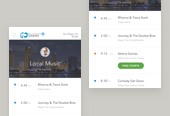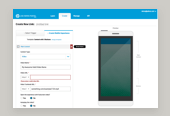
Showing unfinished work and demystifying the design process is a trust-building exercise that designers can use as a tool to their advantage.
The more often you are able to show your unpolished, incomplete work to a client alongside the rest of your team, the more trust everyone involved is able to build with one another. Trust is good. Trust me. This is especially true in the professional design world, where audience subjectivity can sometimes be difficult to remove from the equation of criticism.
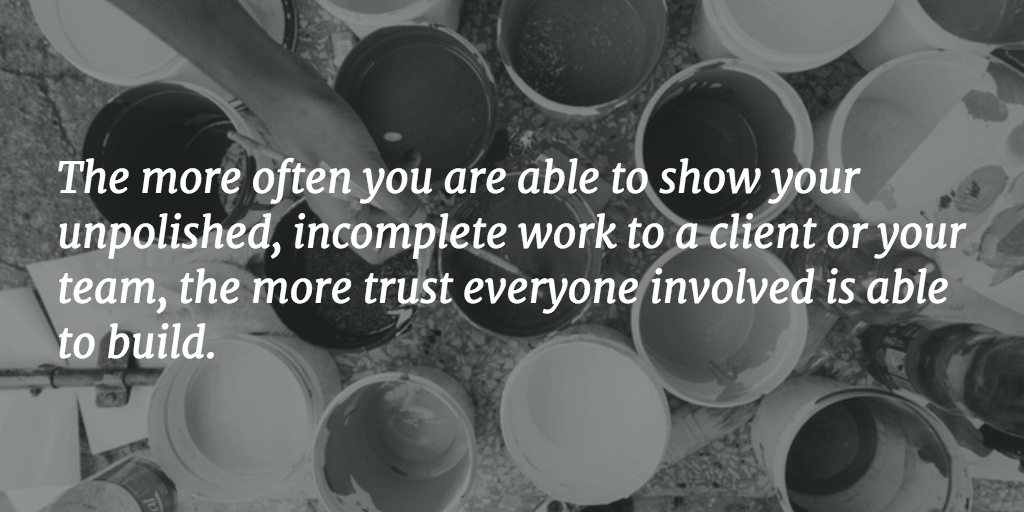
So what’s the trick to unlocking a project’s best potential solution? Be ruthlessly transparent with your client(s) about your process and how solutions have been formed. Share everything possible at all stages of your process and foster a partnership mentality on both sides.
Your Client Holds Your Solution Great design teams regularly embrace the process of critiquing one another’s unfinished or broken work. Heck, we all share in this trade and have an inherent trust built amongst ourselves to know not to maliciously tear apart another’s creation.
However, we’re unsure if others share in this knowledge. Naturally, when the time comes to share this same work with a client or other non-design audience, we see a larger issue arising within us. Through our creation process, we have become attached to and a part of our solutions.
But why? Our work is not us. I say again, we are not our work. We are so much more, and by creating in a silo and hoarding our ideas and solutions until they are perfected, a larger problem is formed. We’re not creating the solution to the problem that is possible.
I would argue that through simple acts of transparency we can set ourselves and our future work apart from the status quo. Transparent inclusion leads to exponential solutions, both on the professional and personal stages.

Close collaboration with your client allows for them to be a part of the problem-solving process. They know more about their business than you, and you know more about design than they will. Accept this. This is ok. It’s only through an open collaboration of conversation and questioning that both sides can mold the best solution available.
Coach Clients on Their Feedback As I just mentioned, your client won’t be a design expert–and they should not be expected to be! You are the design expert in this relationship. Thus, you need to coach your client in such a way that your critiques sessions have successful outcomes.
When asking for feedback, simply set up the situation beforehand so that everyone in the room knows what they are there to do (and how to do it).
This is not complicated. Transparency never is. Simply preface your feedback meetings with an instructional email. This email can contain a few simple rules for everyone involved. Usually, I include what will be shown in the meeting and why. Just as importantly, I tell clients which parts of the project I will not be showing and those they should not be focused on.
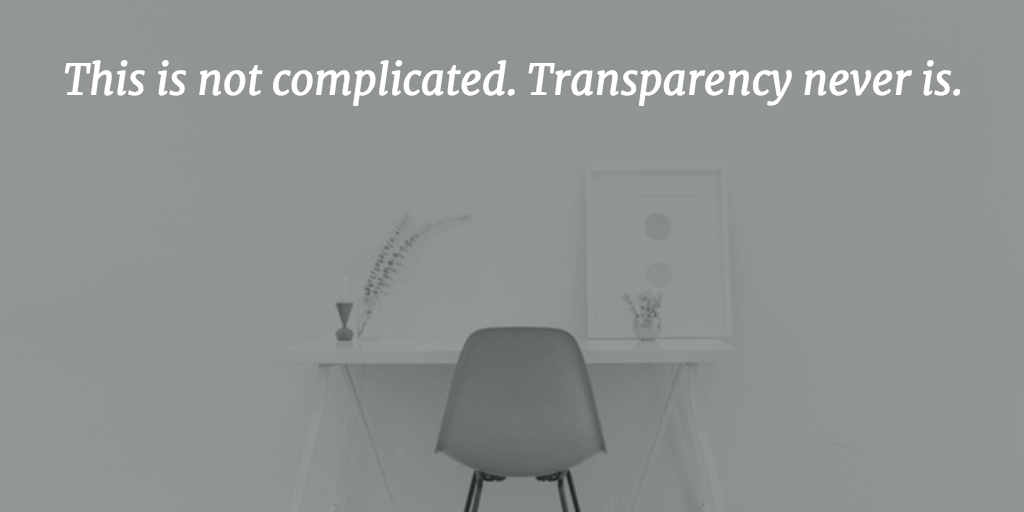
With these prerequisites in hand, clients become comfortable and focused in feedback sessions. Overall, more gets done as it’s a streamlined process. Time isn’t wasted reviewing the wrong thing or something that’s been approved months ago. We all benefit.
Practice & Iterate Your Sharing Process Showing your work early, unfinished and often is the way forward. Push aside your hesitations and fear and show your client and team that you fully trust them. All teams and projects have unique situations. Be adaptable and bend your processes as needed, but always keep transparency and inclusion as the goal. The solutions will come.
You’ll come to know as I have how this allows for more ideation and iteration at the beginning of your problem-solving process. It’s a practice which always lends itself to a stronger result. It’s only through the tough but necessary conversations that both sides of a design project are strengthened.
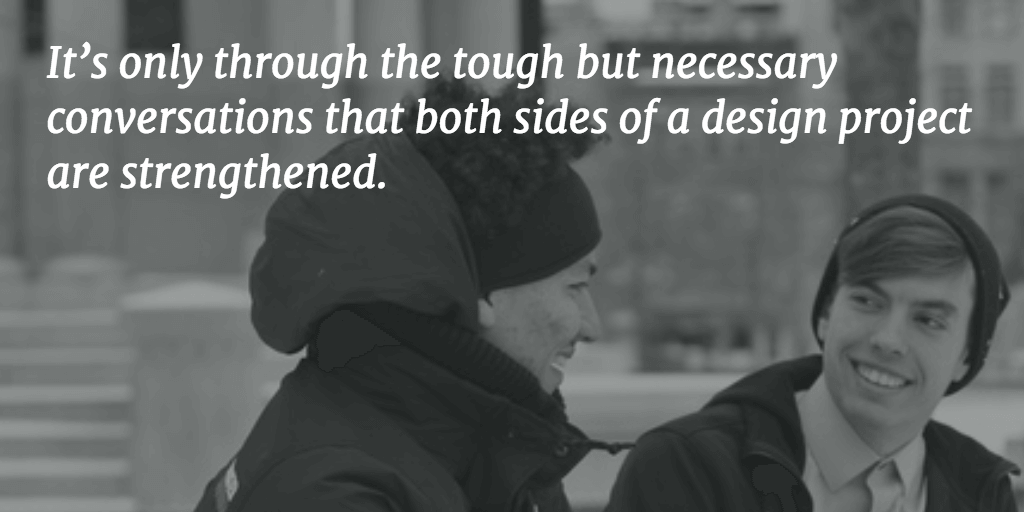
I’m well aware that no one likes to share unfinished projects. But, it is much easier to make changes in the middle of a build than at the end. Doing so may save you time and prevent unnecessary work. Reference
Published by: Ray in Business, Product Design
